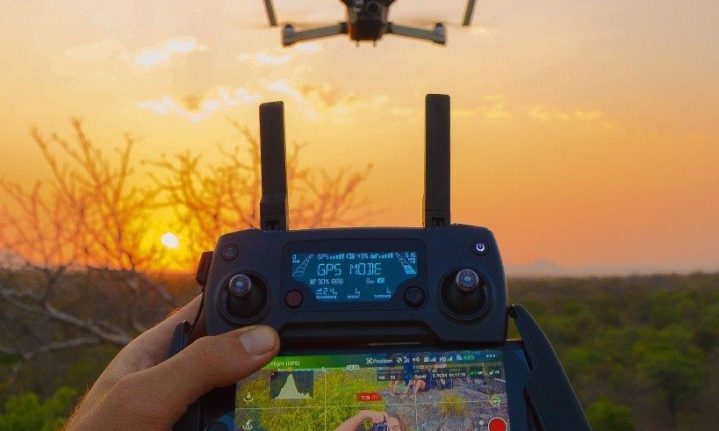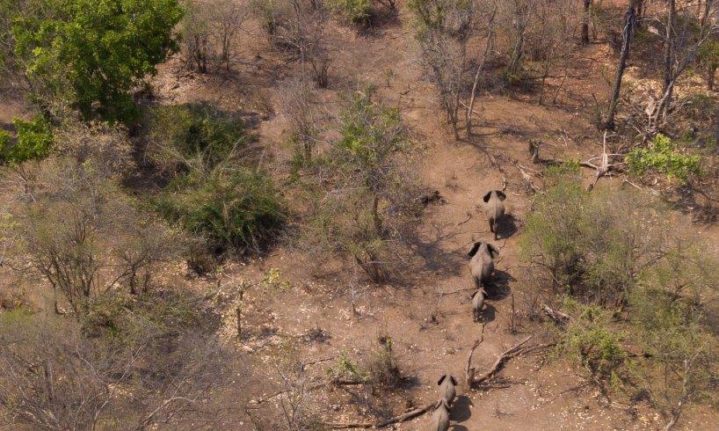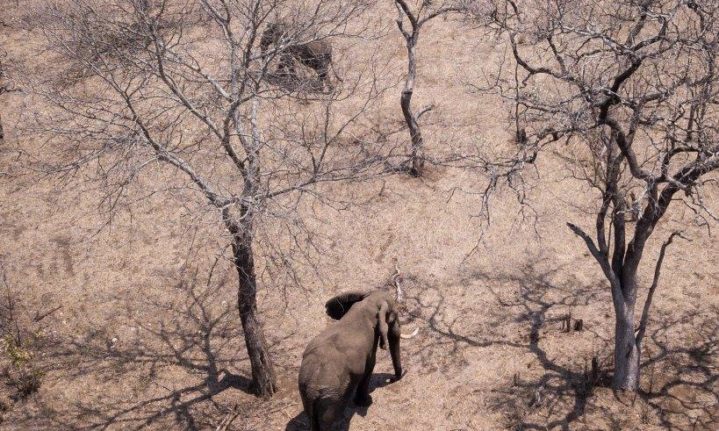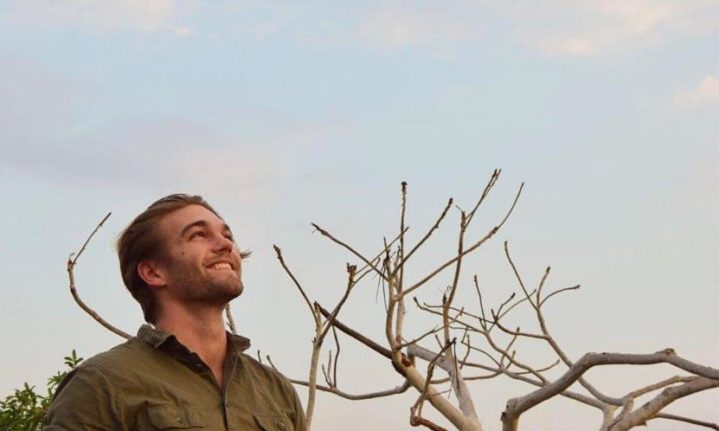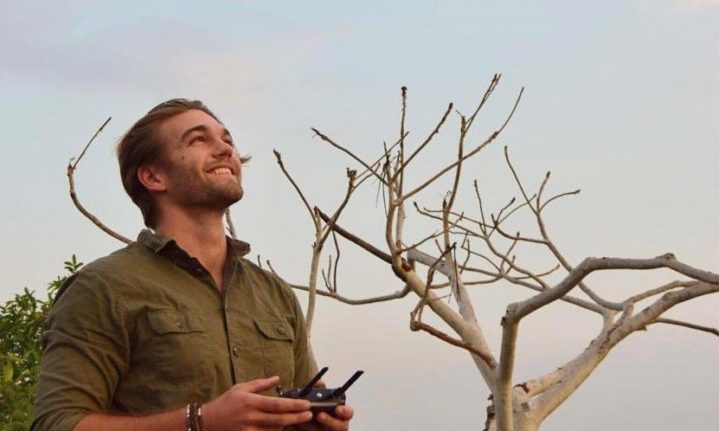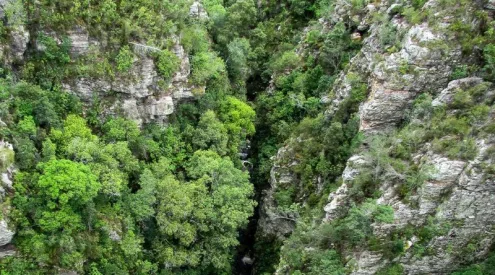Stellenbosch University (SU) researchers have been involved in the first-ever paper to be published containing practical guidelines and a suggested ethical protocol on how to cause as little as possible disturbance to elephants when flying over them with drones. These tips might come in handy to both filmmakers and researchers.
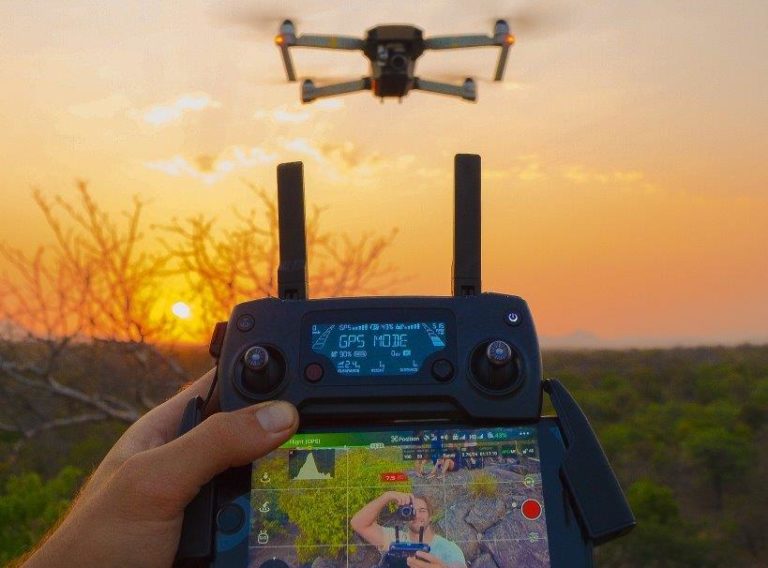
A paper, in the journal KOEDOE – African Protected Area Conservation and Science, was authored by Wesley Hartmann, a recent MSc student in Conservation Ecology at Stellenbosch University, Dr Vicky Fishlock of the Amboseli Trust for Elephants in Kenya and the Centre for Ecology and Conservation at the University of Exeter in the UK, and wildlife management expert Prof Alison Leslie of the Department of Conservation Ecology and Entomology at Stellenbosch University (SU).
“These are the first suggestions on ethical drone use in terms of African elephants,” says Hartmann.
“It is important to think about such matters when researching or filming elephants, and to ensure that the animals are being disturbed as little as possible. The protocols developed in this study can be used to minimise stress when using drones for elephant research.”
He says it can also be used to minimize the effect that the presence of a drone could have on an animal’s behaviour.
“It is no use using a drone to study their behaviour if the data being collected in this way are going to be tainted by its mere presence.”
Hartmann and his two co-researchers wrote an approach protocol, to use when flying a drone towards an elephant or a herd, and a presence protocol, to use when flying around the animals.
For the approach protocol, the impact of a quadcopter drone’s approach speed, angle of approach and initial starting altitude on the reactions of African elephants were taken into account, whereas the sustained speed and flight pattern, were recorded for the presence protocol.
Recommendations
According to Hartmann, the speed and angle at which a drone approaches a herd significantly impacts whether one can get close to the animals without disturbing them. Interestingly, neither speed nor flight pattern had any measurable impact on elephants’ behaviour during sustained flights.
Here are some of their recommendations:
- Launch drones at least 100 m from an elephant or a herd of elephants.
- Use an approach speed of 2m/s, and an approach angle of 45-degrees or less.
- Do not drop down on them from a 90-degree angle.
- Consistently fly at one height, rather than altering the drone’s altitude.
The use of an angled approach is important, notes Hartmann, as it allows the animals to be able to easily orient towards and see the object that is making a noise.
“Elephants cannot move their necks fully upwards, and therefore cannot easily look straight up into the sky. Elephants prefer being able to locate and identify the source of a noise, and will often calm down once they have identified it,” he explains.
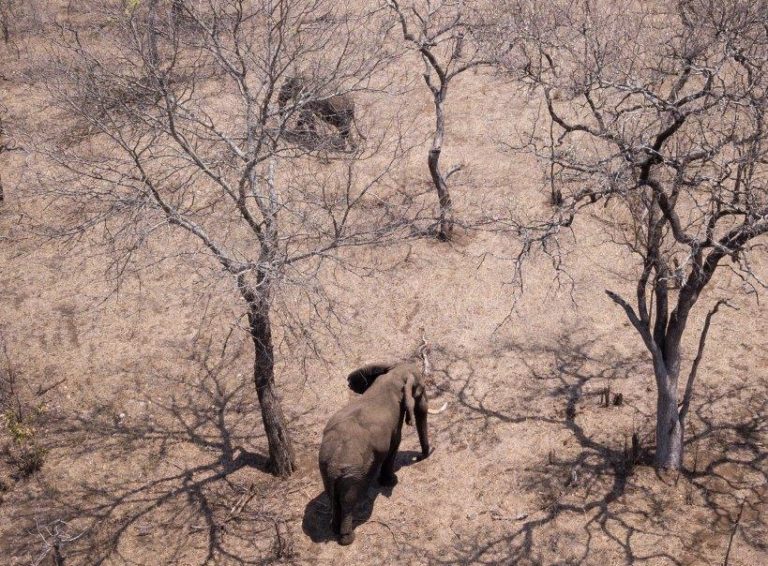
The genesis of the study
The study was conducted across two national parks in Malawi: primarily Majete Wildlife Reserve, and Liwonde National Park. His work formed part of extensive wildlife management research led by his supervisor, Prof Alison Leslie, at Majete over the past eight years.
As part of his MSc studies in conservation ecology at Stellenbosch University, on the social networks of elephants, Hartmann wanted to be able to observe the animals without them possibly changing their behaviour because of a human being around – something that scientists refer to as the so-called “observer effect”. Opting to use a drone fitted with a video camera seemed to be a quite logical solution – until he realised that no work had yet been published to give him guidance on how to go about the job with as little interference to the animals as possible.
‘Surprisingly little data were available about the impact of drones on animal behaviour, despite them already being widely used in working with elephants, for instance to herd them to mitigate human-animal interaction, and for population surveys,’ Hartmann explains.
Only a handful of such studies could be found which involved quantifying the effects of drones on an animal’s behaviour. These included black bears in Canada, grey and harbour seals, and birds such as mallards and flamingo in wetland areas.
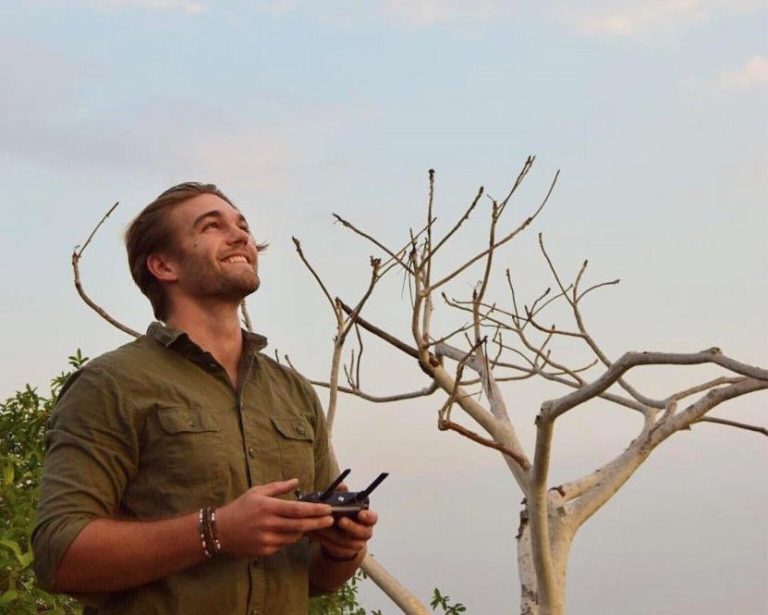
‘Numerous reviews on drones tout their almost unlimited potential to allow researchers to observe wildlife even in the most inaccessible of places. However, the influence of drones on the animals themselves is far less understood, and impact studies to construct protocols for best practices are in general urgently needed to minimise the potential for stress on target species,’ he notes.
‘The protocols developed in this study can be used to minimise stress when using drones for elephant research. This study aimed to provide a significant step towards the ethical use of drones in wildlife research. Further research is required to investigate the impacts of drones on other animal groupings. Physiological responses to drones, for example, would determine if physiological stress responses unlinked to particular behaviour are of concern in elephants,’ says Prof Leslie.
‘It would be great to one day also be able to use biologgers or such to test whether elephants have specific physiological responses to drones, such as an increased heart rate, which we cannot necessarily see just by looking at their behaviour. It may very well be the case that while they do not demonstrate any behavioural response to the current protocols, perhaps physiologically they are affected,’ adds Hartmann.
‘As newer, more silent designs come on the market, one would have to do further research to measure their impact on elephants and adjust flight protocols accordingly’ he says.
The research was done using a relatively inexpensive, quiet drone, a DJI Mavic Pro – in Hartmann’s words, the ‘type you might get for Christmas if you were a really good boy or girl’.
Reference: Hartmann, W. et al (2021). First guidelines and suggested best protocol for surveying African elephants (Loxodonta africana) using a drone, KOEDOE 63(1),a1687. https://doi.org/10.4102/koedoe.v63i1.1687
Pictures: Wesley Hartmann
ALSO READ:









